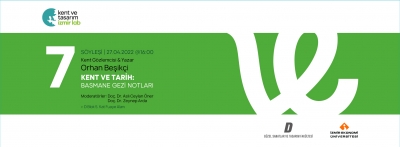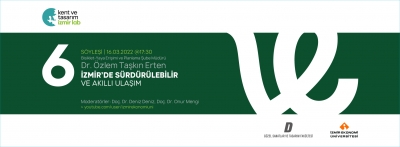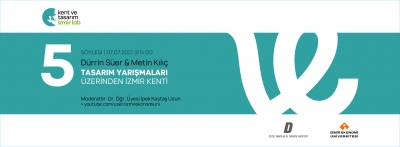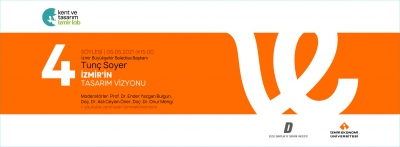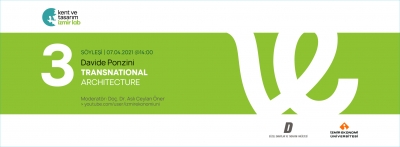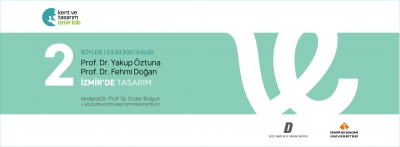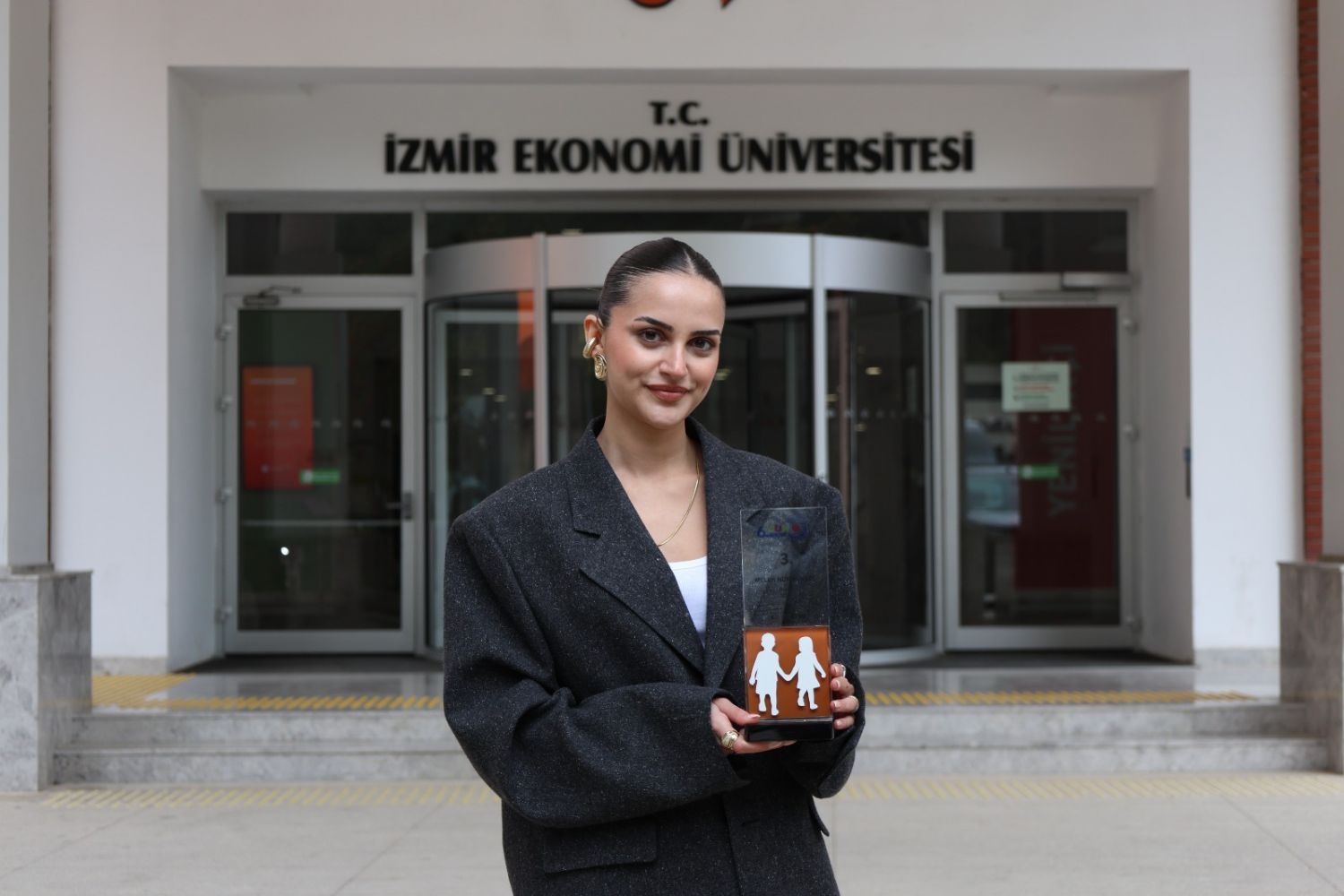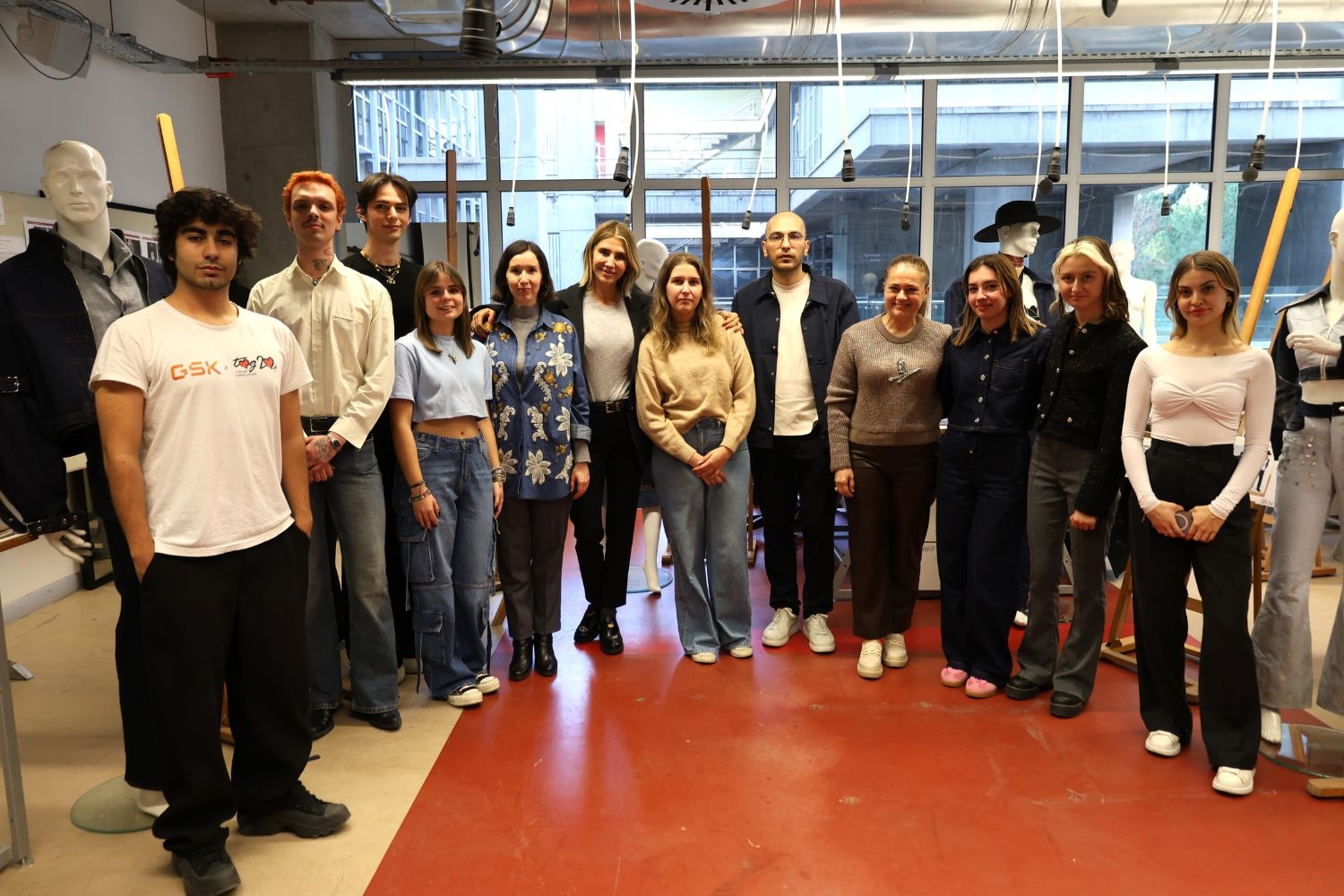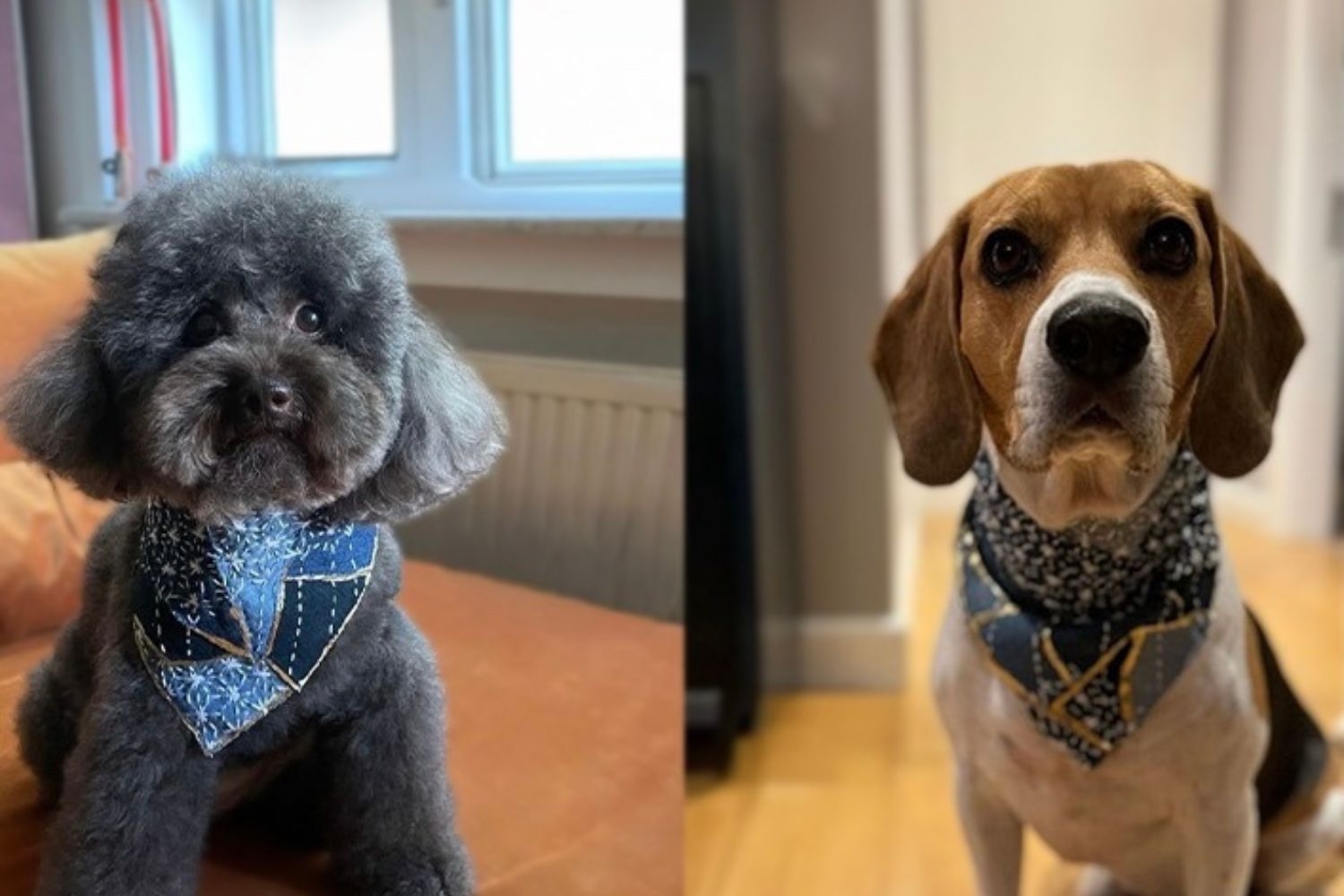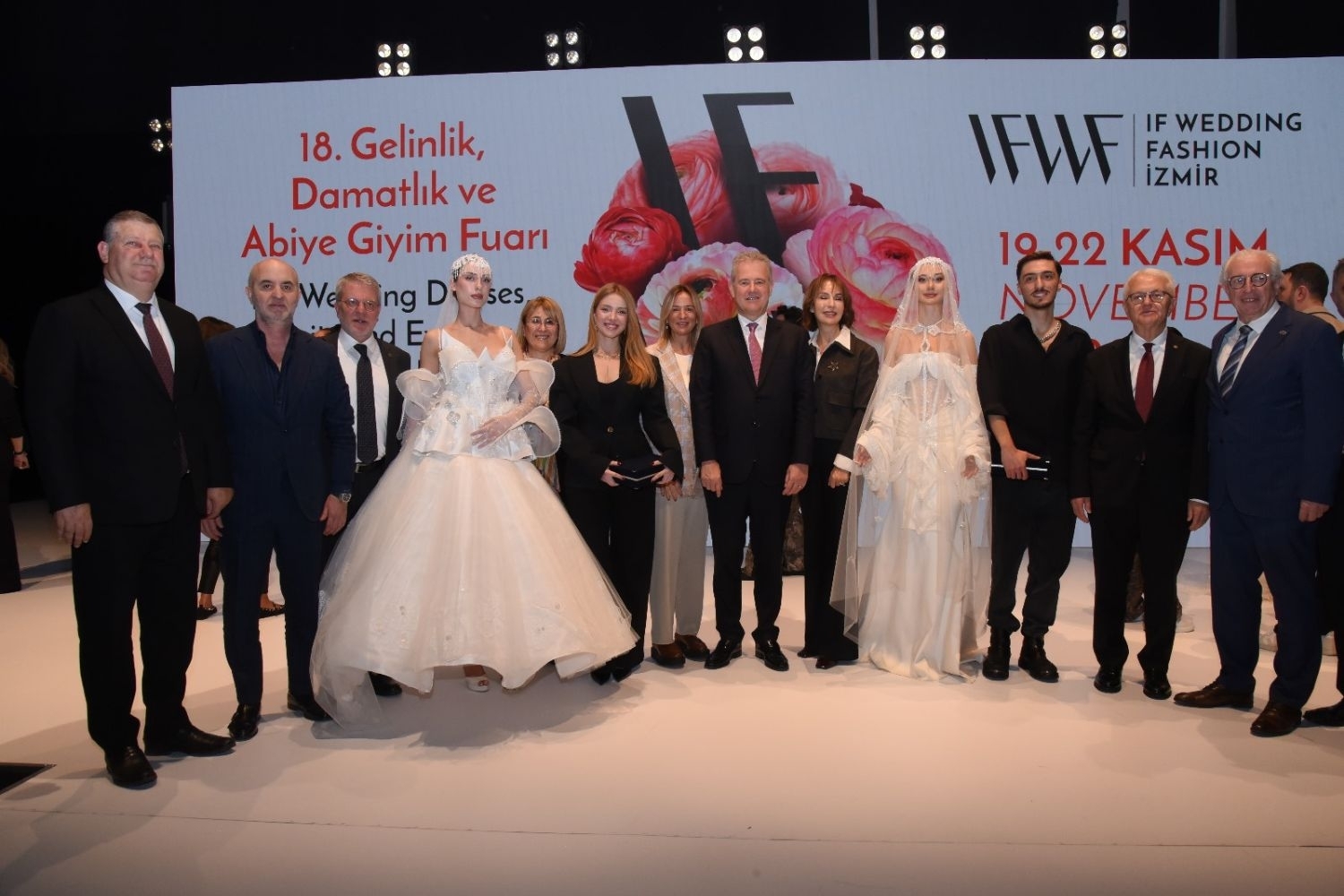FACULTY OF FINE ARTS AND DESIGN
Department of Textile and Fashion DesignFA 202 | Course Introduction and Application Information
| Course Name |
Fashion Design Studio: Collection I
|
|
Code
|
Semester
|
Theory
(hour/week) |
Application/Lab
(hour/week) |
Local Credits
|
ECTS
|
|
FA 202
|
Spring
|
2
|
6
|
5
|
10
|
| Prerequisites |
None
|
|||||
| Course Language |
English
|
|||||
| Course Type |
Required
|
|||||
| Course Level |
First Cycle
|
|||||
| Mode of Delivery | face to face | |||||
| Teaching Methods and Techniques of the Course | Critical feedbackJuryApplication: Experiment / Laboratory / WorkshopPractical demonstrationLecture / Presentation | |||||
| National Occupation Classification | - | |||||
| Course Coordinator | ||||||
| Course Lecturer(s) | ||||||
| Assistant(s) | - | |||||
| Course Objectives | The aim of this course is to ensure that design criteria are interpreted creatively with innovative, contemporary solutions that are appropriate for brand needs. |
| Learning Outcomes |
The students who succeeded in this course;
|
| Course Description | This course provides to investigate and experience experimental approaches to garment development and production. Computer aided design is adopted as a primary presentation tool throughout the semester. |
| Related Sustainable Development Goals |
|
|
Core Courses | |
| Major Area Courses |
X
|
|
| Supportive Courses | ||
| Media and Management Skills Courses | ||
| Transferable Skill Courses |
WEEKLY SUBJECTS AND RELATED PREPARATION STUDIES
| Week | Subjects | Related Preparation |
| 1 | Introduction to Sustainable Fashion & Textile Design | Fletcher, K., 2008. Sustainable Fashion & Textiles: Design Journeys. UK, Earthscan / Chapter 1 Material Diversity / Chapter 2 Ethically Made |
| 2 | Upcycling and Recycling as Sustainable Fashion & Textile Design Strategy | Fletcher, K., 2008. Sustainable Fashion & Textiles: Design Journeys. UK, Earthscan / Chapter 4| Reuse, Recycling and Zero Waste |
| 3 | Experimental Garment Development and Production | Wolff, C. (2003) “The Art of Manipulating Fabric”, Krausse Publications. ISBN-13: 978-0801984969 Singer R. 2013. Fabric Manipulation 150 Creative Sewing Techniques. UK: David & Charles. Aldrich, W. (2013) Fabrics and Pattern Cutting. / Chapter 12 Easy Fitting Body Shapes p.167 |
| 4 | Product Presentation / Photoshoot | |
| 5 | Concept and Design Presentation Boards / PRESENTATION 1 | |
| 6 | Trend Project / Trend & Concept Development / Contemporary Fashion Research / Customer Lifestyle Board Fabric Research | |
| 7 | Trend Research / Design Details / Fabric Research / Digital Textile Design | Burke, S., “Fashion Computing: Design Techniques And CAD”, Burke Publishing (2005) |
| 8 | Trend Research / Range Plan / Design Development | Chapter 11 Design Presentations - P.122 - 152 |
| 9 | MIDTERM WEEK | |
| 10 | Trend Research / Collection Presentation Boards / PRESENTATION 2 | Tallon, K., “Digital Fashion Illustration with Photoshop and Illustrator”, Batsford (2008) / Chapter 6 Mixed media İllustrations – p.136 - 153 |
| 11 | Technical Drawing / Pattern Making and Sample Garment Development in Calico Fabric | Centner, m. & Vereker, F. “Fashion Designers Handbook for Adobe Illustrator”. John Wiley and Sons Ltd, UK (2011) / Chapter 3 Technical Drawing – p.68 – 106 Szkutnicka, B., “Technical Drawing for Fashion”. Laurence King Publishing (2010) ISBN-13: 978-1856696180 Aldrich, W. (2013) Fabrics and Pattern Cutting. Chapter 6 Basic Adaptions of the Bodice Block p. 91 / Chapter 7 The Sleeve |
| 12 | Final Look Fabric Sourcing, Fabric Preparation (Printing / Manipulation etc.) | Wesen Bryant, M. & DeMers, D. (2006) The Spec Manual. New York, Fairchild Publications, Inc. / Chaper 2 Front and Back View Croquis Figures |
| 13 | Final Look Pattern Making / Portfolio Development | Aldrich, W. (2013) Fabrics and Pattern Cutting. Chapter 6 Basic Adaptions of the Bodice Block p. 91 / Chapter 7 The Sleeve |
| 14 | Final Look Sewing and Finishing / Portfolio / PROJECT PRESENTATION | Aldrich, W. (2013) Fabrics and Pattern Cutting. Chapter 6 Basic Adaptions of the Bodice Block p. 91 / Chapter 7 The Sleeve |
| 15 | Semester Review | |
| 16 | Semester Review |
| Course Notes/Textbooks | |
| Suggested Readings/Materials | Aldrich, W. (2013) Fabrics and Pattern Cutting. ISBN: 0-632-03612-5 Burke, S., “Fashion Computing: Design Techniques And CAD”, Burke Publishing (2005) ISBN-13: 978-0958239134 Centner, m. & Vereker, F. “Fashion Designers Handbook for Adobe Illustrator”. John Wiley and Sons Ltd, UK (2011) ISBN:9781119954842 Szkutnicka, B., “Technical Drawing for Fashion”. Laurence King Publishing (2010) ISBN-13: 978-1856696180 Tallon, K., “Digital Fashion Illustration with Photoshop and Illustrator”, Batsford (2008) ISBN-13: 978-0713490589 Wolff, C. (2003) “The Art of Manipulating Fabric”, Krausse Publications. ISBN-13: 978-0801984969 Singer R. (2013) Fabric Manipulation 150 Creative Sewing Techniques. UK: David & Charles. ISBN – 1446302466 Wesen Bryant, M. & DeMers, D. (2006) The Spec Manual. New York, Fairchild Publications, Inc. ISBN: 9781563673733 McQuillan, H. & Rissanen, T. (2018) Zero Waste Fashion Design, Bloomsbury Publications, ISBN: 978-1350094833 by Black, S. (2013) The Sustainable Fashion Handbook. Thames & Hudson Ltd ISBN: 9780500290569 |
EVALUATION SYSTEM
| Semester Activities | Number | Weigthing |
| Participation | ||
| Laboratory / Application | ||
| Field Work | ||
| Quizzes / Studio Critiques | ||
| Portfolio | ||
| Homework / Assignments | ||
| Presentation / Jury |
2
|
60
|
| Project |
1
|
40
|
| Seminar / Workshop | ||
| Oral Exams | ||
| Midterm | ||
| Final Exam | ||
| Total |
| Weighting of Semester Activities on the Final Grade |
3
|
100
|
| Weighting of End-of-Semester Activities on the Final Grade | ||
| Total |
ECTS / WORKLOAD TABLE
| Semester Activities | Number | Duration (Hours) | Workload |
|---|---|---|---|
| Theoretical Course Hours (Including exam week: 16 x total hours) |
16
|
2
|
32
|
| Laboratory / Application Hours (Including exam week: '.16.' x total hours) |
16
|
6
|
96
|
| Study Hours Out of Class |
14
|
5
|
70
|
| Field Work |
0
|
||
| Quizzes / Studio Critiques |
0
|
||
| Portfolio |
0
|
||
| Homework / Assignments |
0
|
||
| Presentation / Jury |
2
|
30
|
60
|
| Project |
1
|
42
|
42
|
| Seminar / Workshop |
0
|
||
| Oral Exam |
0
|
||
| Midterms |
0
|
||
| Final Exam |
0
|
||
| Total |
300
|
COURSE LEARNING OUTCOMES AND PROGRAM QUALIFICATIONS RELATIONSHIP
|
#
|
Program Competencies/Outcomes |
* Contribution Level
|
|||||
|
1
|
2
|
3
|
4
|
5
|
|||
| 1 |
To be able to develop and design a collection independently. |
-
|
-
|
-
|
X
|
-
|
|
| 2 |
To be able to do maintain a design research individually or as a team. |
-
|
-
|
-
|
X
|
-
|
|
| 3 |
To be able to develop entrepreneurship- and managerial skills for a future professional practice. |
X
|
-
|
-
|
-
|
-
|
|
| 4 |
To be able to understand, interpret and apply theoretical knowledge in fashion and textile design. |
-
|
X
|
-
|
-
|
-
|
|
| 5 |
To be able to analyze and integrate the particular local and regional needs and of their profession. |
-
|
-
|
X
|
-
|
-
|
|
| 6 |
To be able to obtain a multidisciplinary point of view, follow and analyze the new issues, changes and trends in contemporary design and art in such a way that they can be integrated into design practice. |
-
|
-
|
X
|
-
|
-
|
|
| 7 |
To be able to apply industrial requirements, knowledge of material & usage and know-how knowledge in the creation of high quality fashion products. |
-
|
-
|
X
|
-
|
-
|
|
| 8 |
To be able to use digital information and communication technologies at a level that is adequate to the discipline of fashion and textile design. |
-
|
-
|
X
|
-
|
-
|
|
| 9 |
To be able to develop an ongoing analytical and professional approach to academic and design research. |
X
|
-
|
-
|
-
|
-
|
|
| 10 |
To be able to recognize the need and importance of a personal lifelong learning attitude towards their chosen area of interest. |
X
|
-
|
-
|
-
|
-
|
|
| 11 |
To be able to collect data in the areas of fashion and textile design and communicate with colleagues in a foreign language ("European Language Portfolio Global Scale", Level B1). |
-
|
-
|
-
|
-
|
-
|
|
| 12 |
To be able to speak a second foreign at a medium level of fluency efficiently. |
-
|
-
|
-
|
-
|
-
|
|
| 13 |
To be able to relate the knowledge accumulated throughout the human history to their field of expertise. |
-
|
-
|
-
|
-
|
-
|
|
*1 Lowest, 2 Low, 3 Average, 4 High, 5 Highest
NEWSALL NEWS

IZMIR UNIVERSITY OF ECONOMICS GÜZELBAHÇE CAMPUS
DetailsGLOBAL CAREER
As Izmir University of Economics transforms into a world-class university, it also raises successful young people with global competence.
More..CONTRIBUTION TO SCIENCE
Izmir University of Economics produces qualified knowledge and competent technologies.
More..VALUING PEOPLE
Izmir University of Economics sees producing social benefit as its reason for existence.
More..









